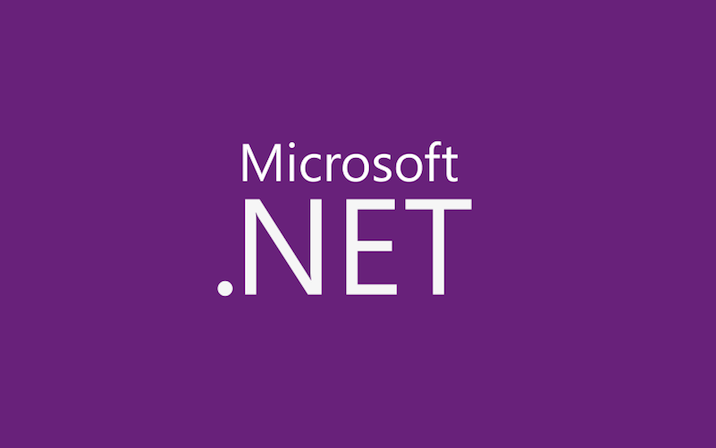


Feedback requested: Enumerating Concurrent Collections

Most Common Performance Issues in Parallel Programs

ParallelWhileNotEmpty

Waiting for Tasks

Feedback requested: TaskManager shutdown, Fair scheduling

Custom Loop with Arbitrary Initialization, Condition, and Update

Useful Abstractions Enabled with ContinueWith

Fork/Join parallelism with .NET CountdownEvent


 Light
Light Dark
Dark